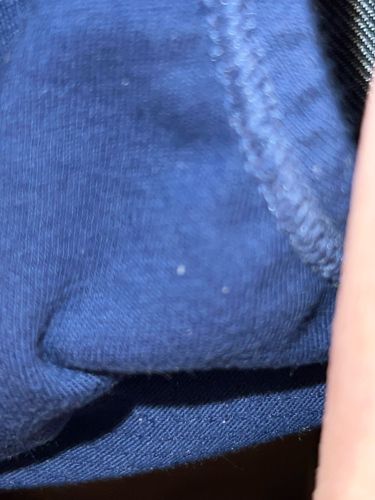Dust Mite
Scientific Name: Dermatophagoides spp.
Order & Family: Astigmata, Pyroglyphidae
Size: 0.2 - 0.3 mm (microscopic)

Natural Habitat
Human dwellings, especially bedding, carpets, upholstered furniture, and clothing, thriving in warm, humid environments.
Diet & Feeding
Dead skin cells (dander) shed by humans and pets. They do not bite or sting.
Behavior Patterns
Invisible to the naked eye, dust mites are prolific breeders, with females laying up to 100 eggs in their lifetime. They are most active at night and tend to aggregate in areas where dander accumulates. Their life cycle is relatively short, typically lasting 2-3 months.
Risks & Benefits
Potential Risks: Dust mites are a major allergen for many people, leading to symptoms like asthma, eczema, and allergic rhinitis (hay fever). Their fecal pellets and body fragments can become airborne and trigger allergic reactions when inhaled. They do not transmit diseases. Benefits: None directly to humans, but as decomposers of organic material, they play a minor role in nutrient cycling in indoor environments.
Identified on: 10/27/2025